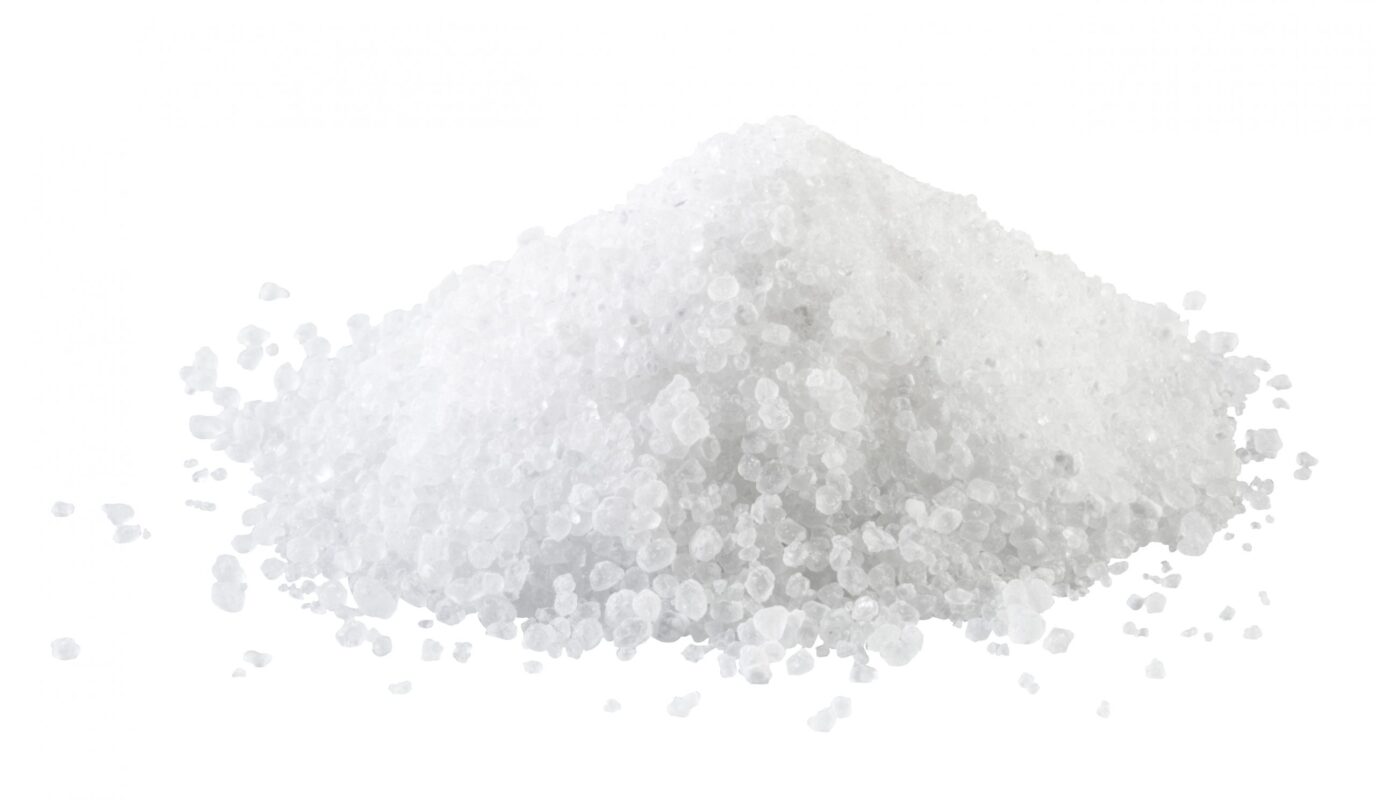Blog
What is the Density of Aqueous NaOH? | Properties, Calculation
The density of aqueous NaOH is a fundamental characteristic of sodium hydroxide solutions. Density is essentially the mass per unit volume of a substance. Aqueous NaOH refers to sodium hydroxide dissolved in water, which is commonly used in laboratories and various industrial applications. But what is the density of aqueous NaOH, and why is it important?
Understanding Aqueous NaOH Solutions
Sodium hydroxide (NaOH) is an alkaline compound that dissolves in water to form a solution. In its aqueous form, NaOH is widely used in industries like manufacturing, soap making, and water treatment. The density of aqueous NaOH plays a vital role in determining its concentration and effectiveness for various applications.
Sodium Hydroxide Density: Key Facts and Applications
What is Density?
Before we delve into the specifics of the density of aqueous NaOH, let’s understand what density is. Density is the mass per unit volume of a substance, usually measured in grams per cubic centimeter (g/cm³) or kilograms per liter (kg/L). Density helps in determining the concentration of solutions and influences the behavior of chemicals during reactions.
Factors Affecting the Density of Aqueous NaOH
Several factors influence the density of aqueous NaOH. These include:
- Concentration of NaOH: The more sodium hydroxide dissolved in water, the higher the solution’s density. A 50% NaOH solution, for instance, will have a higher density compared to a 5% solution.
- Temperature: Density decreases as temperature increases. This is due to thermal expansion, where the liquid’s volume increases, reducing its density.
- Purity of Water: Impurities in water can slightly affect the density of an aqueous NaOH solution.
Calculation of Density of Aqueous NaOH
The density of an aqueous solution can be calculated using a formula:Density=Mass of SolutionVolume of Solution\text{Density} = \frac{\text{Mass of Solution}}{\text{Volume of Solution}}Density=Volume of SolutionMass of Solution
To accurately determine the density of NaOH, one must measure the mass and volume of the solution. For commercial purposes, density tables are often used, which list the density values at various concentrations and temperatures.
Common Densities for Aqueous NaOH Solutions
To answer what is the density of NaOH specifically, it depends on the concentration and temperature. Here are some commonly referenced densities:
- 5% NaOH Solution: Approximately 1.055 g/cm³
- 10% NaOH Solution: Approximately 1.109 g/cm³
- 20% NaOH Solution: Approximately 1.220 g/cm³
- 50% NaOH Solution: Approximately 1.53 g/cm³
These densities are approximate values and can vary slightly based on temperature and other conditions.
Why is the Density of Aqueous NaOH Important?
Understanding the density of aqueous is crucial for various reasons:
- Accurate Measurements: In chemical reactions, it is important to measure precise amounts of sodium hydroxide. Density allows technicians and chemists to calculate the exact volume needed.
- Safety: Knowing the density helps in handling NaOH solutions safely, as higher concentrations are more corrosive.
- Industrial Applications: Manufacturers monitor and control NaOH concentrations using density, ensuring the desired chemical properties and consistency.
How to Measure the Density of Aqueous NaOH?
Measuring the density of NaOH can be done using a densitometer or a hydrometer. For accurate results:
- Fill the Instrument: Pour the aqueous NaOH solution into the densitometer or hydrometer.
- Read the Density: The instrument will provide a direct reading of the solution’s density.
- Temperature Control: Ensure that the solution is at the desired temperature to get accurate density measurements.
Applications of Aqueous NaOH
The density of aqueous directly impacts its effectiveness in numerous industries. Let’s look at some applications:
- Soap Manufacturing: Aqueous NaOH is used to make soap through saponification. The solution’s density affects the final soap’s texture and quality.
- Water Treatment: NaOH solutions adjust pH levels in water treatment facilities. The correct density ensures optimal water quality.
- Food Processing: The food industry uses NaOH to peel fruits and vegetables. The solution’s concentration and density determine the efficiency of the peeling process.
Variations in the Density of Aqueous NaOH
What Causes Density Variations in Aqueous NaOH?
There are several reasons why the density of NaOH may vary:
- Evaporation: Exposure to air causes NaOH solutions to lose water through evaporation, which increases their density over time.
- Dilution: Adding water to an NaOH solution decreases its density.
- Chemical Reactions: Reactions with atmospheric CO₂ can cause the formation of sodium carbonate, altering the solution’s density slightly.
How to Maintain Optimal Density in Aqueous NaOH
To maintain consistent density of aqueous , it’s essential to:
- Store Properly: Keep the solution in tightly sealed containers to prevent evaporation.
- Monitor Regularly: Regular density checks ensure the solution remains effective for its intended application.
- Control Temperature: Keep the NaOH solution at a stable temperature to avoid density fluctuations.
Conclusion
To sum up, the density of aqueou NaOH is a key parameter in understanding and utilizing sodium hydroxide solutions effectively. The density varies based on concentration, temperature, and storage conditions. Whether you are dealing with industrial applications or laboratory experiments, knowing the density helps in achieving accurate results and maintaining safety standards.
Follow us on Facebook!

